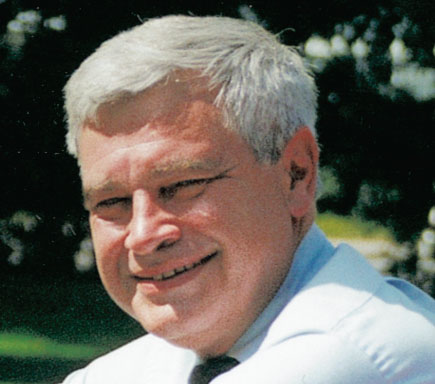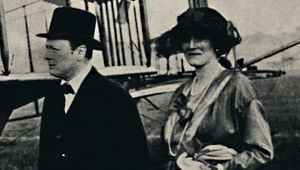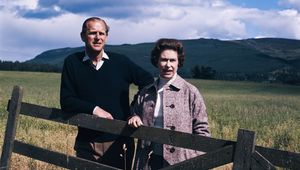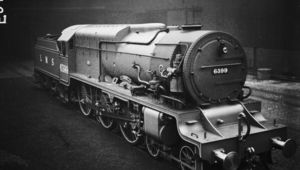
E Pluribus Unum
[caption id="NotesFromAlbion_img1" align="aligncenter" width="435"]

I WAS PRIVILEGED TO BE a guest last month at Tartan Day celebrations in Washington, D.C. Amidst the bonhomie of the evening, I had a conversation with Sen. Trent Lott, who first sponsored the Senate resolution creating Tartan Day. When I identified myself as the editor of British Heritage, the senator joshed: “British heritage? What’s the matte with Scottish heritage?” As someone who has worn the kilt for more than 20 years, it’s hardly the first time I’ve heard comments in the same spirit.
St. David, St. George and St. Andrew stand together as a single entity.
Scottish-Americans and Canadians, no less than those of Welsh or English blood, take a justifiable pleasure in the culture and history of their national identity. For centuries, Wales and Scotland struggled against domination by their richer and more populous neighbor. To this day, no Scot or Welshman wants to be confused with his English countrymen. When Scotland and England meet on the soccer field—or Wales sweeps the field in the Six Nations—the enthusiasm unleashed is qualitatively different from, say, the basketball rivalry of Duke and North Carolina. What is at stake is national pride.
Here on the western edge of the Atlantic, we have no clear notion of the difference between nation and country. Yet the Welsh, Scots and English are all British. Like siblings squabbling among themselves, when the challenge lies from outside their ranks, there is a unity of purpose and identity that sets familial rivalry aside. In the trenches of war, the fields of Olympic glory and the strains of “Rule Britannia,” for example, St. David, St. George and St. Andrew stand together—a single entity larger than the sum of its parts.
Welsh Quakers and feisty Scots from the Borders, Puritans from the Eastern Counties and West Country Cavaliers all became ingredients in the colonial melting pot that gave America its distinctive yet decidedly British identity. With this issue of BH we begin a series of features recounting just how this unique identity came to pass through the four great colonial migrations to these shores during the 17th and 18th centuries.
We continue a second theme as well, recalling the great Anglo-American partnership of World War II and commemorating the peace of 60 years ago. Each circle of the sun leaves fewer among us who can remember that it truly was “their finest hour.”
As always, of course, we aim to provide a bit of fun as well, perhaps in memories of past visits to our sceptered isle or dreams of visits yet to come. We have indeed a heritage that is so rich to share—whether it springs from the Western Highlands or the southern coast of Kent.
[caption id="NotesFromAlbion_img2" align="aligncenter" width="136"]





Comments